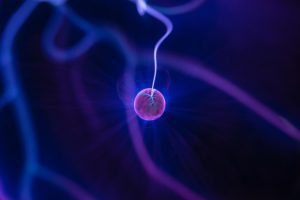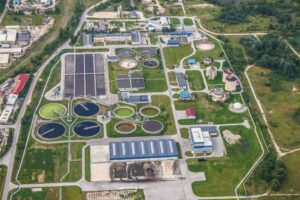06/10/2024 | pH | 14 MINUTE READ
How Smart pH Sensors Enhance Industrial Automation and Monitoring
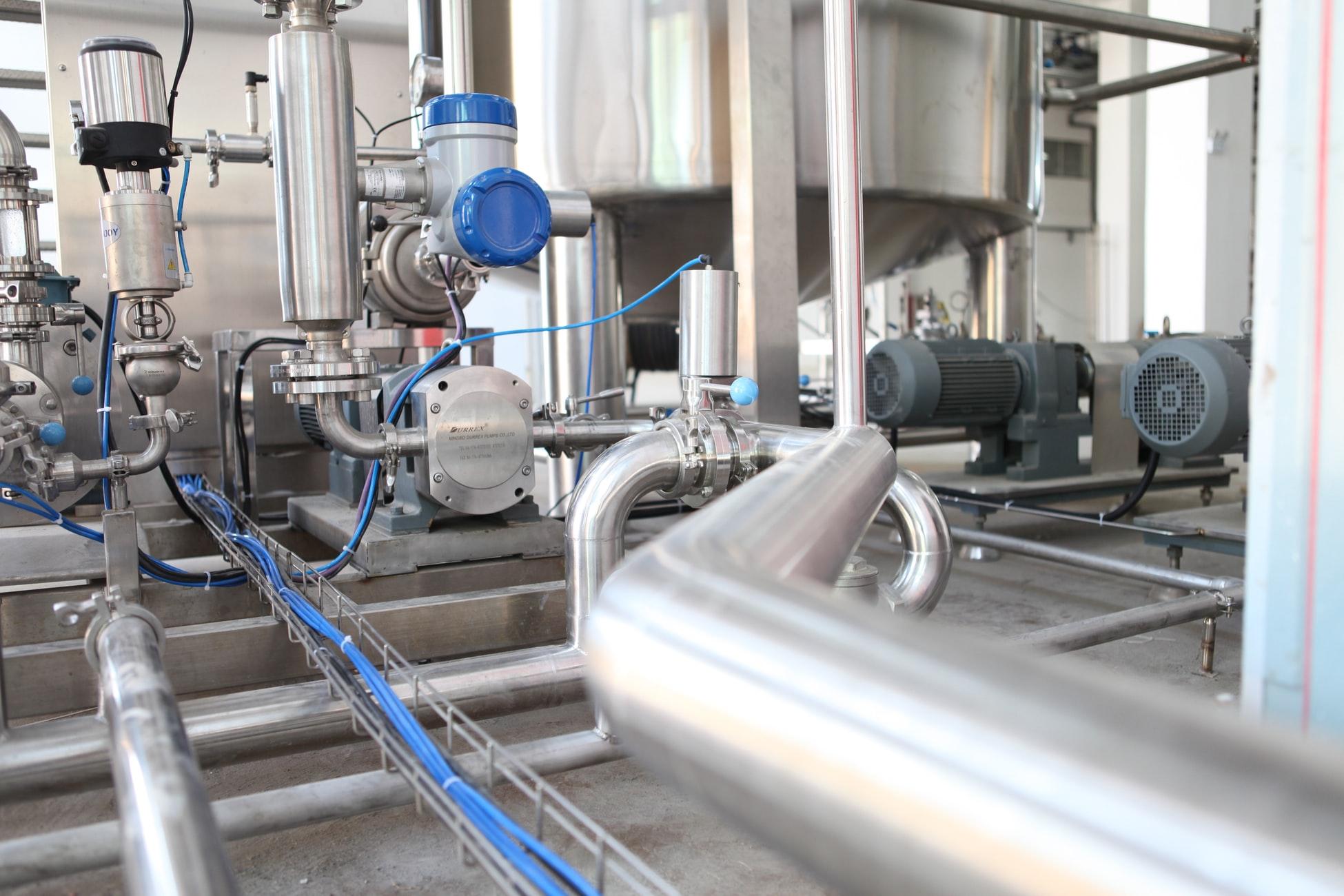
Many industrial applications use water to keep equipment from becoming overheated and to ensure manufacturing processes go smoothly. To ensure these processes are completed without issue, industrial facilities must maintain precise pH readings in the water. If the water becomes too alkaline, scale deposits could spread throughout the machinery. When the water is too acidic, it could damage the metallic components and worsen the finished product.
Industrial facilities can control and monitor pH levels with high-quality sensors. When performing pH measurements in industrial processes, you can obtain continuous readings with the right equipment. The best pH sensors provide accurate and fast readings that allow you to make immediate decisions.
While manufacturers have used pH sensors for decades, smart technology has only recently been adopted by some of these companies. Modern industrial automation involves managing equipment and processes via a centralized control system. Through the use of IoT technology and PLC control software, smart pH sensors are capable of delivering better results at quicker speeds. The purpose of this article is to explore how smart pH sensors provide direct connections to PLCs, enhance PLC control software, and facilitate industrial remote monitoring and control.

Understanding Smart pH Sensors
Smart pH sensors are more accurate and feature-rich versions of traditional ones. Like all forms of smart technology, these pH sensors provide more connectivity and are designed to accommodate modern industrial needs.
The purpose of a smart sensor is to measure the pH of water in industrial processes. When you measure the pH in water, the reading will tell you if the solution is acidic or alkaline. These readings go from 0-14. When the pH level is at 7.0, the water is balanced. Most industrial processes aim for pH levels of 6.5-7.5.
If the pH falls below 7.0, the water is acidic, which usually means that it has become more contaminated. Everything from solvents and pesticides to metallic substances can get into the water and cause it to become more acidic. You can often increase the pH of water by filtering it with a reverse osmosis or ion exchange system.
If the water has a pH of more than 7.0, it’s alkaline. While these conditions might not be as damaging to industrial equipment as acidic water, a highly alkaline solution needs to be corrected immediately. If the water’s pH is higher than 9.0-10.0, there’s a good chance that the water contains high levels of magnesium and calcium. These substances can harden and cause scale growth along the walls and surfaces of industrial equipment.
Regardless of the types of processes you perform in your industrial building, pH monitoring is essential. Smart pH sensors use some of the data manipulation and signal processing functionalities that are found in controllers and transmitters. The electronic module within the sensor operates as a micro transmitter, which means that extra instrumentation isn’t required to make precise measurements. These sensors can be connected to a SCADA or PLC system. The primary features of a smart pH sensor include the following:
- Built-in calibration for more efficient measurements that don’t require manual control
- Digital signal processing
- Enhanced accuracy and reliability
- Easy connectivity with other smart devices in your facility
Smart pH sensors offer many tangible benefits that traditional sensors don’t have. For example, you can configure a smart pH sensor in many variations to ensure it meets your specific needs. The readings from a smart sensor are more precise and can be uploaded to your PLC control software immediately.
Traditional electrochemical water quality sensors are capable of detecting ion concentrations to generate an accurate electrical signal. These signals aren’t useful right away. They need to be processed before they can be used or recorded in process control applications. Let’s say that a pH sensor generates a high impedance signal because of resistant glass. In this scenario, the signal from the pH glass will need to be compared against the reference electrode signal to identify the true pH.
Since smart pH sensors are automatically equipped with data manipulation and signal processing capabilities, the true pH can be determined immediately without needing to compare one signal to another. It’s a form of automation that should pair well with the PLC control system in your facility.
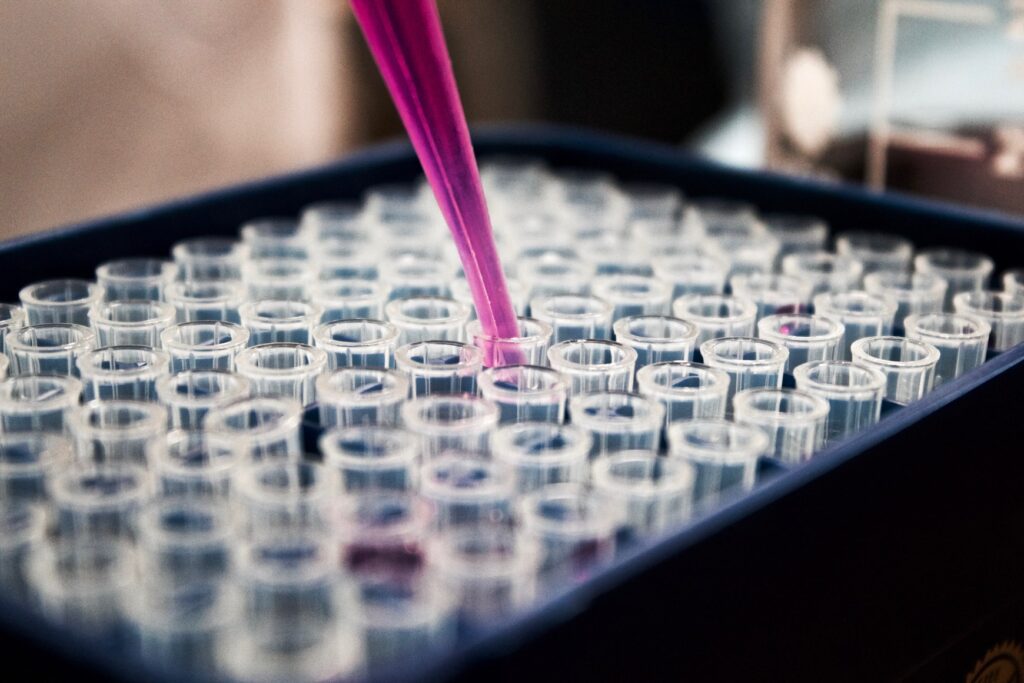
Direct Connection to PLCs
Now that industrial buildings are beginning to rely on automated technology and machinery to perform common processes, programmable logic controllers (PLCs) are becoming increasingly important. They play a significant role in industrial automation. PLCs are tiny computers that are powerful enough to receive data via inputs and transmit operating instructions through outputs.
The purpose of a PLC is to control the functions of a system with the logic that’s programmed into it. If the logic is sophisticated enough, PLCs can be used to automate industrial tasks, which means that human employees won’t be required to perform all tasks themselves.
PLC inputs can come from human points like buttons or switches. They can also be provided from automated data capture points. The PLC will then determine if the output should be changed. You can use a PLC to control everything from lights and motors to smart pH sensors.
PLCs can also be positioned in many different areas throughout your facility. If you intend to hook these systems up to your water quality sensors, you should place them near these devices. You can protect a PLC from water damage with a surface-mounted electrical box.
Since PLCs are designed to regulate communication between different devices in your building, they can be equipped with various communication protocols. The main protocols that can be used with PLCs include the following:
- Modbus
- HART protocol
- Fieldbus
- ControlNet
- DF1 protocol
- DeviceNet
Keep in mind that modern PLC systems support plug-and-play integration with smart pH sensors and other devices. This technology provides flexibility, improves reliability, and minimizes downtime. The advantages of directly connecting your smart pH sensor to a PLC system include the following:
- Improved data accuracy
- Less wiring complexity
- Real-time data acquisition
Enhancing PLC Control Software
The PLCs you place in your facility can be monitored and maintained with PLC control software. This software creates the computer programs that are stored in your PLCs. These programs are capable of controlling the outputs and monitoring the inputs that your PLCs receive. Once a program is loaded into a PLC, it can run on its own. This software is usually stored on a computer and used by engineers and operators who know how to analyze the data.
By connecting your smart pH sensor directly to a PLC, the readings from the device will be integrated with the control software. Before selecting PLC control software for your facility, make sure that it has full software compatibility and interoperability with your smart pH sensors. This software can be expensive, which is why you must avoid buying it until you verify compatibility.
PLC programming software is a widely used automation technology that offers scalability, reliability, flexibility, and adaptability regardless of what you use it for. This flexibility allows you to customize algorithms based on the pH data you receive from your sensor. Once the sensor is fully integrated with the software, everything becomes interconnected. Your pH measurements can take advantage of all the features available through PLC control software. The primary benefits of integration include the following:
- Enhanced decision-making capabilities
- Streamlined maintenance and troubleshooting when something goes wrong
- Improved process control and optimization
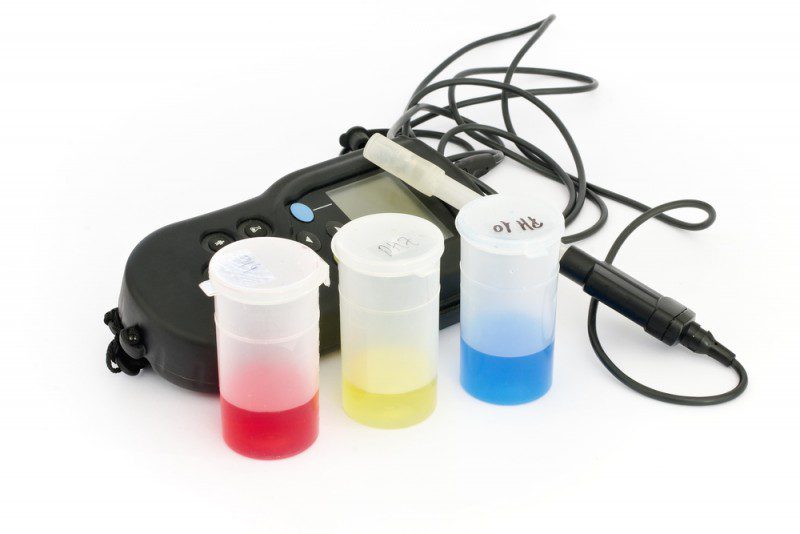
Industrial Remote Monitoring
The purpose of upgrading to smart pH sensors is to avoid performing manual measurements that waste a lot of time and can be inaccurate. In larger industrial settings, remote monitoring is crucial to ensure you can receive readings and measurements without needing to verify them from the ground.
Since smart pH sensors can be integrated with the PLC control software that’s stored on a computer, you can collect water quality measurements and analyze the data from a remote setting. Smart functionality is necessary to accommodate remote monitoring. Once you integrate your remote monitoring system into a cloud-based software platform, you’ll benefit from improved pH visibility and the ability to receive alerts when anomalies are detected.
Modern smart pH sensors offer wireless communication capabilities that should allow you to extend the remote connection. Since these systems come with cloud-based storage and access, you can protect sensitive data. For example, you can ensure that only a small number of employees have access to this data. If the computer systems or servers in your facility malfunction, the pH sensor data will be stored on the cloud and can be retrieved once everything is up and running again.
Industrial remote monitoring is essential when you need to collect pH data at wastewater treatment plants. This data will tell you how contaminated the water is and if the treatment processes are working. It’s also highly recommended that you combine industrial remote monitoring with smart pH sensors for all chemical manufacturing processes. This integration should help you maintain precise pH levels.
Remote Monitoring and Control
The purpose of a remote monitoring and control system is to automate large and more complicated processes. These systems often consist of mechanical and digital components that can efficiently obtain and analyze high volumes of data. A remote monitoring and control system is often equipped with:
- Network connections
- Sensors
- Interfaces that allow for human input
- Central computer systems
- Electronic or mechanical actuators
You can combine smart pH sensors with this technology to automate the collection of water quality measurements. Once you implement this type of system into your facility, you’ll benefit from real-time data transmission to remote locations. You don’t even need to be in the same building. You should also gain remote access to all pH sensor data and control parameters. The main advantages associated with remote monitoring and control include the following:
- Increased operational efficiency
- Predictive maintenance and early fault detection
- Enhanced safety and compliance
For example, these electronic systems can collect and analyze data at speeds that are far greater than human workers can reasonably achieve. Once the data is collected, it can be transmitted instantly to central databases. By automating these tasks, you’ll be able to reduce the potential for human error.
Data collection is more detailed as well. By receiving a higher amount of useful information, you can make decisions about critical industrial processes earlier. Your water quality sensors will be built directly into the infrastructure, which should allow for fast and precise data collection.
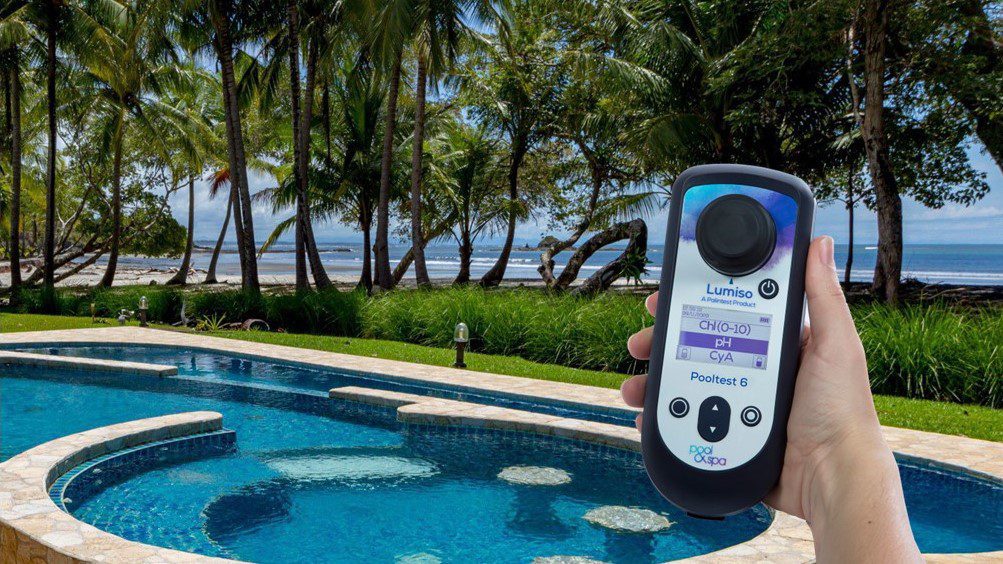
Future Trends and Innovations
The needs of modern industrial facilities can change rapidly, which is why the best approach is to adopt emerging technologies as soon as possible. While smart pH sensors and industrial automation are already highly beneficial to the manufacturers that adopt them, both types of technology should continue to improve with the latest technological advancements.
Smart pH Sensor Trends
There are many potential enhancements to smart pH sensors, which include everything from portability and miniaturization to AI and machine learning integration. For example, future advancements in nanotechnology and micro-fabrication could lead to more portable sensors, which might allow them to be deployed in remote areas.
While smart pH sensors currently provide real-time monitoring of water quality, the accuracy of these readings should continue to improve, which will facilitate a more rapid response to environmental and water quality changes in your building.
While pH sensors are among the most important pieces of equipment that manufacturers can use in their facilities, other water quality parameters need to be measured from time to time. For example, turbidity and dissolved oxygen are useful measurements that allow you to collect more comprehensive data.
In the future, multi-parameter smart water quality sensors may be introduced to the market. These sensors should be capable of measuring the water’s pH and conductivity at the same time. Some of the additional emerging technologies you should be on the lookout for include the following:
- Autonomous sensors that don’t require as much data retrieval or maintenance
- Better calibration and accuracy with improved sensor materials
- Introduction of artificial intelligence and machine learning algorithms to detect water quality trends, predict future conditions, and analyze datasets
- Wireless functionality to accommodate real-time data sharing and remote data retrieval
- Broad sensor networks to ensure different tools can effectively communicate with each other
- Accessibility and affordability
Industrial Automation Technologies
As for industrial automation, it is also evolving rapidly. For example, AI is enabling all types of machines to learn and eventually make decisions without manual input. Manufacturers can use this technology to discover anomalies and patterns in all aspects of industrial processes, which should reduce downtime and boost profits.
While AI technology will likely experience consistent improvements for decades to come, it has already been implemented in drones and industrial robots. This implementation has improved precision and speed when it comes to material handling and maintenance tasks. The risk of accidents can also be reduced with AI.
For the past decade, advanced robotics has played a significant role in industrial automation. Robots can support workers in more dangerous environments, which helps to prevent labor shortages. Cobots currently work with human personnel to perform tasks like machine tending, assembly, and packing. The introduction of robots to a production line can lead to higher efficiency and lower labor costs. Some of the other industrial automation trends that might impact wastewater treatment facilities in the coming years include the following:
- Industrial Internet of Things, which should reduce downtime, enhance safety, and optimize production
- Cloud computing to provide low-latency communication and real-time data processing
- Additive manufacturing in the form of 3D printing and similar technologies
- More immersive technologies like augmented reality (AR) and virtual reality (VR)
- Enhanced cybersecurity solutions to prevent the rise of cyber-attacks because of industrial digitization
- Implementation of 5G technology for lower latency, higher capacity, and faster data speeds
- Industrial wearables to assist workers in accessing information and completing tasks efficiently
Possible Advancements in PLC Integration and Remote Monitoring
Over the next decade, PLC programming and remote monitoring should improve considerably. For example, PLC programming can be integrated with the Internet of Things (IoT). PLCs that are IoT-enabled can effortlessly connect to a vast network of water quality sensors and devices, which allows for real-time data analysis and collection. You can use the data from sensors to limit downtime, optimize your processes, and determine when maintenance will be required. Over time, this technology will create a more interconnected environment in your facility.
Your facility may also adopt Industry 4.0 principles for better data exchange and automation in manufacturing technologies. These advancements will help you improve pH measurement and control.
With the combination of Industry 4.0 principles and advanced PLCs, you can develop a smart factory where your systems and machines can make decisions and communicate autonomously. PLC programming is necessary to ensure complex tasks are automated.
Keep in mind that PLC control systems should adopt wireless communication over the next decade. Along with limiting the amount of extensive wiring you need to place in your facility, this shift could also improve scalability. Wireless technology offers improved reliability and security as well.
Since PLCs are becoming increasingly connected, security concerns need to be addressed. PLC programming will focus on cybersecurity in the form of regular software updates, stronger security protocols, and enhanced encryption.
Conclusion
With direct connections to a PLC control system, smart pH sensors facilitate remote monitoring and control, allow for continuous monitoring of wastewater treatment plants, and support an increased focus on industrial automation. You can use smart pH sensors to measure water quality and make quick decisions that can be plugged into the facility’s PLC software.
Your operators no longer need to perform manual measurements and record the data themselves. Everything is effectively handled by system PLC control. In modern industrial automation and monitoring tasks, smart pH sensors are necessary. Without smart functionality, you can’t connect the sensor to the PLC remote access system. As you transition to a more automated facility, upgrade your pH sensors to ensure you remain at the forefront of the latest technological trends.
Posted by Joshua Samp on June 10, 2024
Sensorex is a global leader in the design and manufacture of quality sensors for water quality and process applications. The company offers more than 2000 sensor packages for pH, ORP, conductivity, dissolved oxygen, free chlorine, chlorine dioxide, UV transmittance and other specialty measurements, as well as a full line of sensor accessories and transmitters. Its expert technical support engineers solve analytical sensor challenges with custom designs and off the shelf products.

